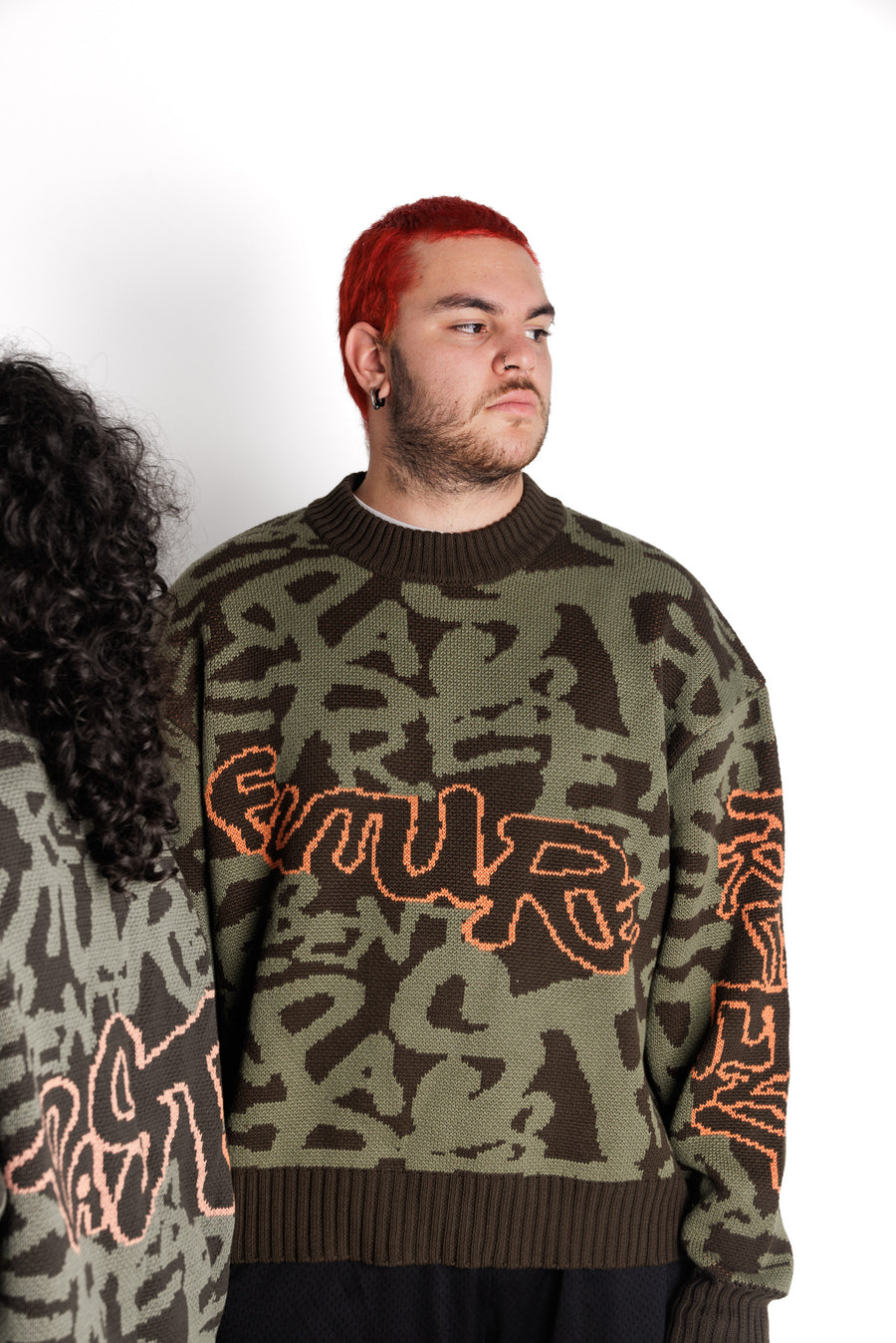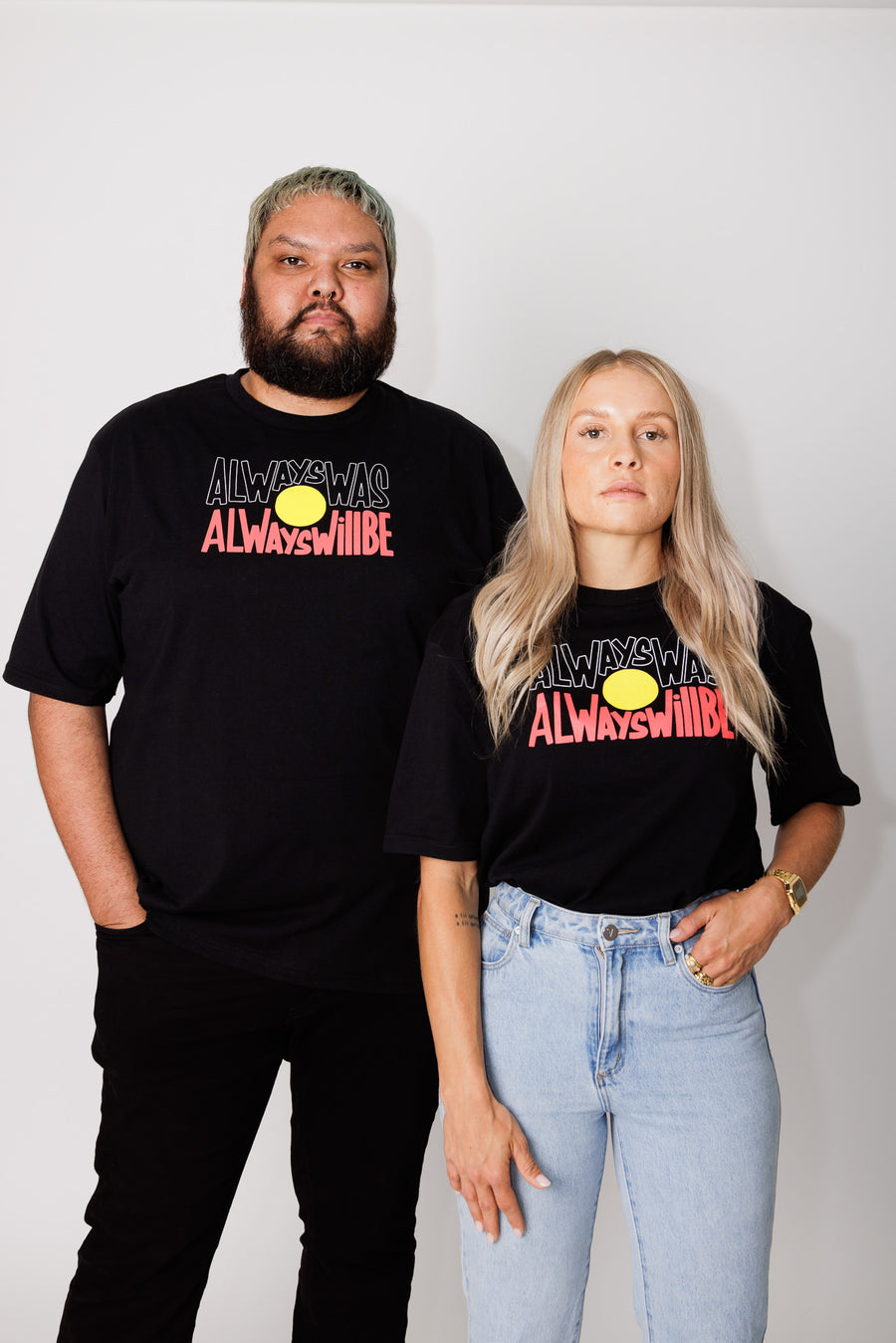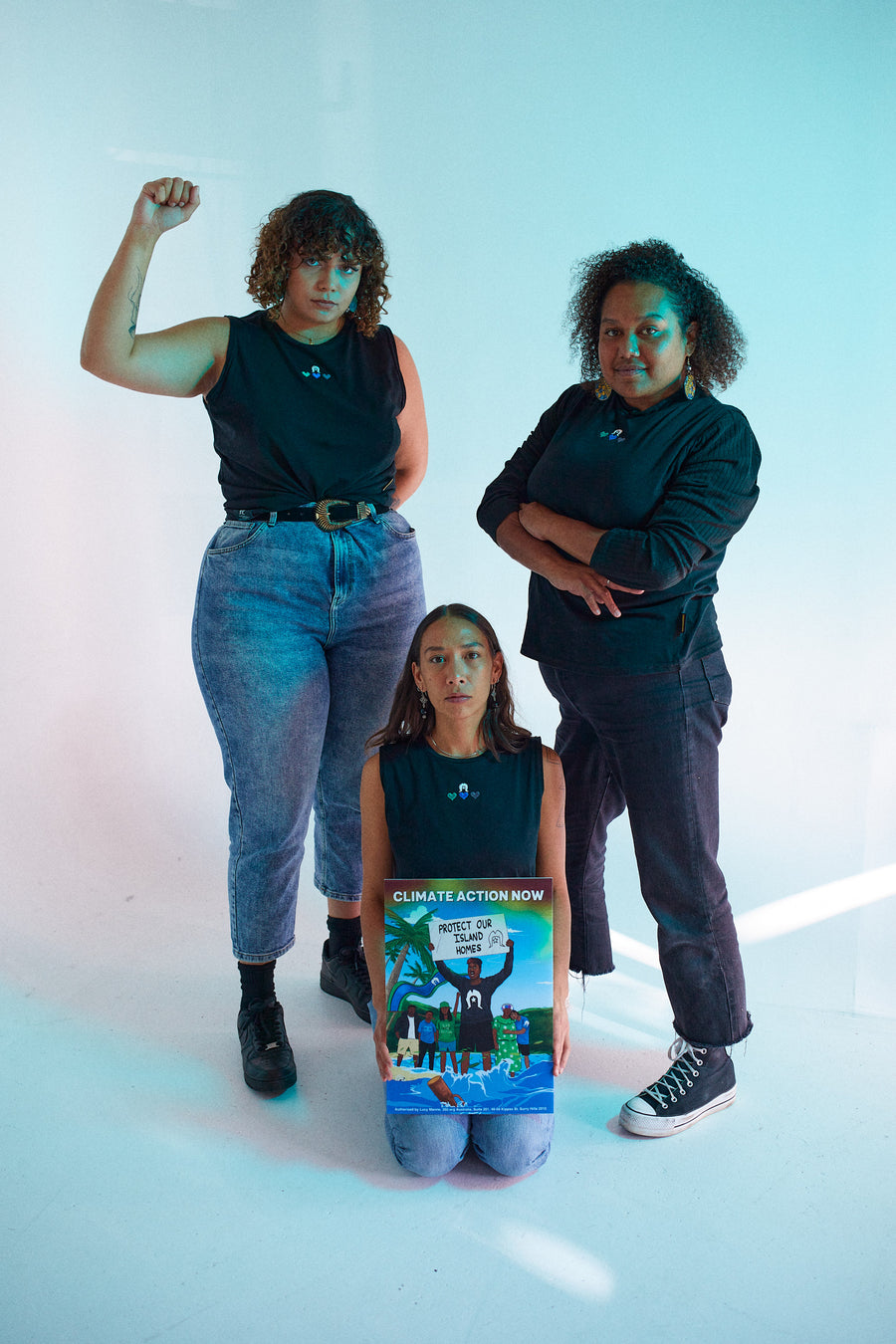Supporting Blak Businesses is Closing The Gap

The themes of this year’s 2024 Close The Gap report are Progressing Voice, Treaty, and Truth; Leadership and Governance; and Building our Economies.
They are explored through nine case studies, which are exemplars of Blak excellence. Among these, Clothing The Gaps stands out as a notable example.
The themes speak to economic, social, political and cultural determinants of health that are crucial to commitments by Australian governments to closing the gap.
Prepared by Lowitja Institute for the Close the Gap Campaign Alliance Group March 2024. Read the full report.
As Clothing The Gaps, we resonate deeply with the findings presented in the 2024 Close The Gap report, which shed light on the historical and contemporary economic injustices faced by Aboriginal and Torres Strait Islander peoples. We acknowledge the systemic exploitation of Indigenous labor throughout history, resulting in a stark disparity where the benefits of our contributions have been disproportionately withheld.
The characterisation of this situation as a 'form of economic apartheid' by Professor Peter Yu resonates with our own experiences. We have witnessed firsthand how Indigenous economic participation has often been confined to low-paying jobs, perpetuating a cycle of limited agency and diminished opportunities for change within our communities.
Yet, amidst these challenges, we also recognize the seeds of transformation sown by First Nations innovation, entrepreneurship, and strategic economic action. The burgeoning Aboriginal and Torres Strait Islander business sector represents a beacon of hope, fostering principles of self-determination and exerting positive influences on cultural, social, and political determinants of health.
Our journey as Clothing The Gaps is deeply intertwined with this narrative of resilience and progress. From our inception as a 'profit-for-purpose' social enterprise, we have endeavoured to not only create economic opportunities but also to serve as a catalyst for social change and empowerment within our communities.
In this context, aligning our mission with the principles outlined in the Close The Gap report is not just a strategic choice but a moral imperative. We see ourselves as part of a broader movement towards economic self-determination, where First Nations communities rightfully benefit from their labor, innovation, and enterprise.
As we continue on this journey, we take inspiration from the growing tide of Aboriginal and Torres Strait Islander businesses reshaping Australia's economic landscape. Together, we strive to measure success not just in financial terms but also in our ability to drive positive change and foster inclusive practices within our society.
Clothing The Gaps stands as a testament to the transformative potential of business as a force for positive social change. By leading with our values and championing First Nations entrepreneurship and advocacy, we contribute to the ongoing efforts to close the gap in Indigenous disadvantage and build a more equitable future for all Australians.
When public health practitioners Laura Thompson and Sarah Sheridan launched Clothing The Gaps in Naarm/Melbourne in 2019, their dream was for the ‘merch with a message’ business to be the vehicle to fund their health promotion work in Aboriginal communities in Victoria.
‘We didn’t realise how influential the brand could be in and of itself, and how much the business could mean for Mob,’ says Laura, CEO of the business and a Gunditjmara woman.
Today Clothing The Gaps is a leading an award-winning ‘profit-for-purpose’ accredited social enterprise with Aboriginal and Torres Strait Islander self-determination at its core.
‘Everything we do, we do with Mob in our hearts. That’s really reflected in how we make our decisions and the way we do work.’ – Laura Thompson, Clothing The Gaps
Clothing The Gaps designs both Mob-only and ally-friendly clothing such as merchandise with slogans like ‘Always was, always will be’ and ‘Not a Date to Celebrate’, to educate and start conversations about causes or issues affecting Aboriginal and Torres Strait Islander people.
It uses its brand and growing platform to campaign, educate and elevate Aboriginal and Torres Strait Islander voices and causes, and to promote reconciliation: creating ’walking billboards’ for social change.
It suffered an early blow – forced by The Gap Clothing brand in the United States to change its original name of ‘Clothing The Gap’ – but it has won other crucial battles. After being served with a ‘cease and desist’ notice for using the Aboriginal flag on its clothing, Clothing The Gaps spearheaded the powerful ‘Free The Flag’ campaign that finally liberated our iconic Aboriginal flag from copyright restrictions, enabling it to be available for public use.
‘Every single time someone, whether Mob or supporter, wears a Clothing The Gaps tee out in the world, they’re shifting the way that physical environment looks and feels,’ Sarah said. ‘Every piece of our clothing has our logo which looks like the Aboriginal flag on the back of the neck… which means there’s now tens of thousands more Aboriginal flags out in the world.’
As they declare on their website, ‘Some people ask us whether a T-shirt can really create meaningful impact, and our answer is: it absolutely can, just watch.’
Laura met Sarah, who is a non-Indigenous woman, when they were both working at the community controlled Victorian Aboriginal Health Service (VAHS), and grew the Healthy Lifestyle Team from strength to strength.
They left to begin their own health promotion business – ‘Spark Health’ – for Aboriginal communities in Victoria until COVID-19 struck; at which point they turned their attention to the small line of clothing they had designed, which gained traction during the Black Lives Matter protests in 2020. It was a crucial time in Australia, that saw non-Indigenous Australians pause and reflect on what was happening in their own backyard after watching the injustices taking place in the United States.
‘We worked hard to create meaningful content that educated people about backing Aboriginal and Torres Strait Islander people, causes and communities in those lockdowns. The support from people through the purchasing of merch was our “seed funding”, you could say,’ Laura says.
Rather than formal business training, they have applied a health promotion lens to the business: strengths-based messaging, building a community of people, peer-to-peer support, agency, and action. ‘Nothing is just a T-shirt’, they say: all sales are a connection to community, conversations, and campaigns, as well as to ethical products and a safe Blak workplace.
Customers are asked at the checkout whether they identify as Aboriginal and Torres Strait Islander: that has enabled the business to build a Mob mailing list, to deliver price equity via a Mob discount, and give early access to products and sales as well as create and share content that speaks to Mob only.
Clothing The Gaps was the first Aboriginal and Torres Strait Islander business to gain Ethical Clothing Australia accreditation and is also a highly ranked B Corporation business – that is, one that is designed to create positive outcomes for stakeholders, whether they be workers, community, environment, or customers.
In 2021 it created the Clothing The Gaps Foundation, running traditional Aboriginal games events and supporting communities with their own events, called ‘Mob Run This’, as well as delivering Free The Flag workshops to schools and other groups.
It also runs campaigns like ‘Shades of Deadly’, which challenges stereotypes, celebrates identities, and educates the wider community about the diversity of Aboriginal and Torres Strait Islander people, as well as the ongoing impacts of racism and inequity.
Sarah says Clothing The Gaps also aligns its work directly with Closing the Gap targets 7 and 8: increasing the proportion of young Aboriginal and Torres Strait Islander people in employment, education or training, and more broadly helping to build strong economic participation and development of Aboriginal and Torres Strait Islander people and communities.
The business now employs 43 staff on contracts or as casuals – more than 90% are Aboriginal and Torres Strait Islander people, but the focus is not just on the head count.
‘People often talk about the number of Aboriginal and Torres Strait people they have employed, but we like to talk about the hours of meaningful employment that people get through us. Anybody can sign an employment contract but there’s a difference in really engaging with people in the workforce.’ – Sarah Sheridan, Clothing The Gaps
On average, Clothing The Gaps now generates about 25,000 hours of Aboriginal and Torres Islander youth employment each year, providing a safe Blak space for young people to develop skills. It also offers exposure for Aboriginal and Torres Strait Islander people to earn a living in the business world, providing experience in retail and wholesale distribution as well as marketing.
‘Growing up, I didn’t know people who had shops or ran businesses,’ Laura recalls. ‘You can’t be what you can’t see.’
Clothing The Gaps aims to be a role model not just for Aboriginal and Torres Strait Islander businesses but for mainstream enterprises, given how much power and influence businesses have and their potential to promote inclusive and sustainable social change.
‘We run the business like a community organisation,’ says Laura, reflecting on its origins in health promotion.
‘Often businesses can be driven by profits and not their values, but certainly I think we’ve done a great job of proving you can run a business and lead with your values and still be profitable.’





Leave a comment